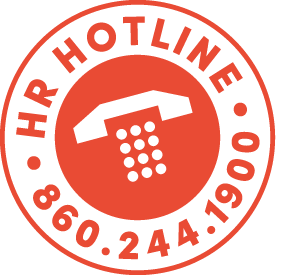HR Hotline: Do We Risk Liability If We Fix Classification Errors?

Q: It’s come to our attention that we may have several employees misclassified as salaried exempt, when they should be nonexempt. In the spirit of New Year’s resolutions, we are committed to correcting these misclassification issues, but if we do, would we trigger any potential liability?
A: Reviewing such matters periodically is good for your legal and fiscal health, as noncompliance can fester under the surface, with liability building to potentially frightening levels.

The Connecticut Department of Labor’s Joint Enforcement Commission for Worker Misclassification is dedicated to this effort.
A brief review of the information quickly reveals the scope of potential sources of audit and assessment activity: the Connecticut Department of Labor, U.S. Department of Labor, Connecticut Department of Revenue Services, Internal Revenue Service, Connecticut Worker’s Compensation Commission, and Connecticut Employment Security Division.
The most pressing step to take would be to identify and correct any misclassification of workers and, moving forward, begin keeping records and paying properly—for example, recording all hours worked and paying overtime when necessary.
That will freeze liability for past noncompliance.
Under state and federal law, a two-year statute of limitations period applies to the recovery of back pay, with the possibility of a third year under federal law in the case of willful violations, or the possibility of liability under state law for twice the amount in dispute if found liable by a court proceeding—meaning you contested the claim, went to trial, and lost.
And then there’s also the prospect of an award of attorney’s fees to the prevailing wage claimant.
So, if you limit your corrective steps to addressing the misclassifications going forward only, for every month of no claims, you limit your exposure for back wages by one month at the back end.
Correct the situation now and present it as an update to your business management payroll practices.
However, if you erroneously considered those workers exempt, you’re not likely to have such time records.
The best strategy may be to do what is most achievable in the short run: Correct the situation now, present it as an update to your business management payroll practices, and keep your fingers crossed for the next two years.
You may try estimating past hours worked to assess a worst-case scenario, but it may be impractical to determine what may be owed with high accuracy.
At least you will have interrupted the continuing two- to three-year exposure period.
Sleep well, and happy new year!
HR problems? Email or call Mark Soycher at the HR Hotline (860.244.1900) | @HRHotline
RELATED
EXPLORE BY CATEGORY
Stay Connected with CBIA News Digests
The latest news and information delivered directly to your inbox.


